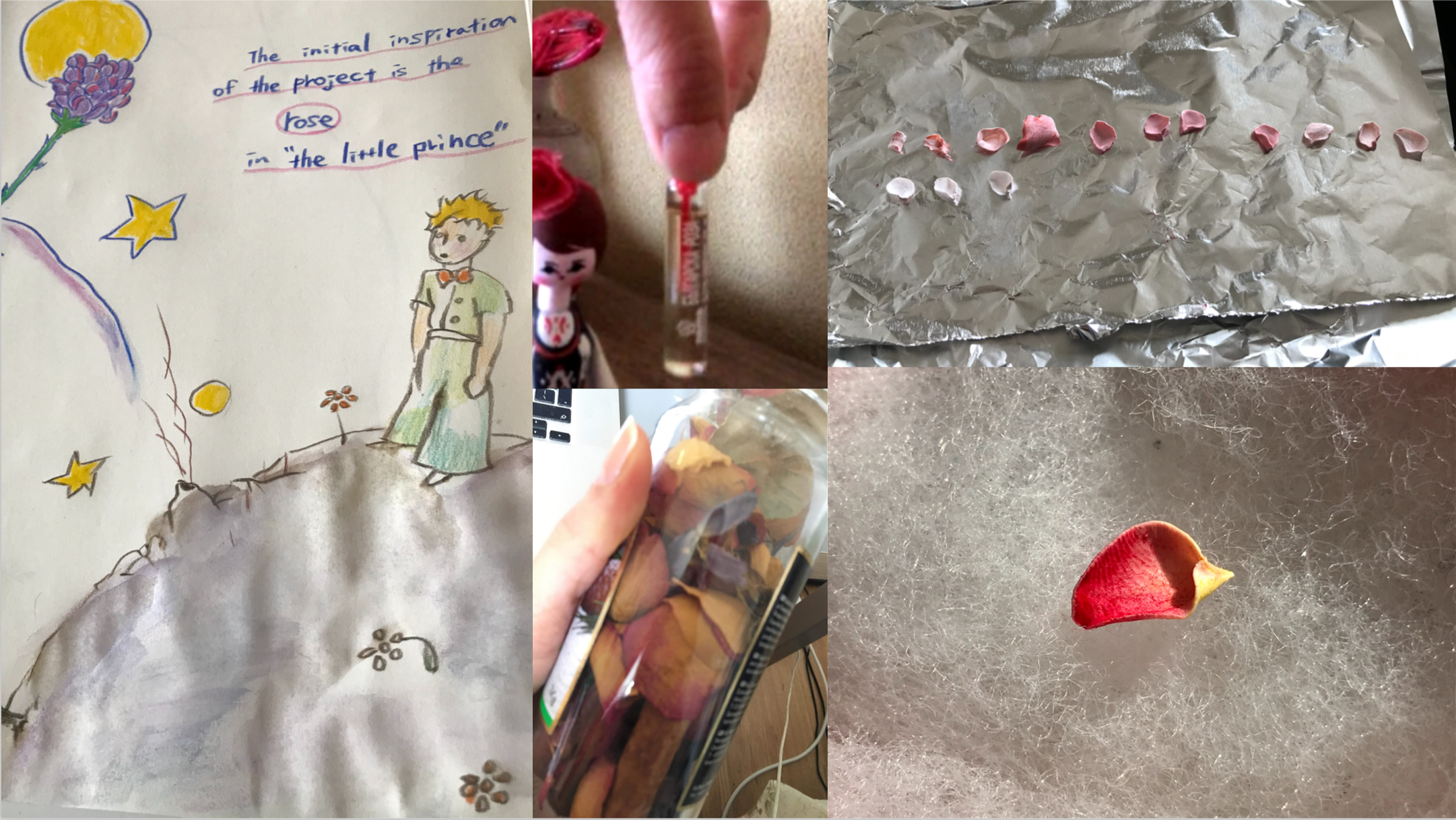
NAME: |
Mai Wada & Anastasia Kokori |
|---|---|
NATIONALITY: |
Japanese & Greek |
BASED IN: |
London |
WEBSITE: |
ABOUT ARTIST:
Mai Wada is an artist and Anastasia Kokori is an astronomer, both based in London. We believe that art and science share a common root: creativity and curiosity for understanding the universe. Our collaborative work aims to create a new perception of the universe for the future by the integration of artistic and scientific perspective.
Science collects observations and uses reasoning and data analysis to construct a realistic image of the Cosmos. On the other hand, Art is inspired by experiencing the world and depicts an enhanced version of reality. Throughout combining the completely different style of these two processes, we are exploring a new perspective, capable of drawing the shape of the world.
SUBMISSION: When the rose petal travels to the moon.
The story of “the little prince” expresses several perspectives. We image and compare the crew of the astronauts that live and work at the Moon with the little prince who lives in the planet of the popular story. By following the story of the little prince, a rose is also needed at the Moon. However, the Moon doesn’t have the conditions that are essential for life, for example there is no water and no atmosphere. Any humans that will travel to the Moon to carry out research/work, will start missing anything that feels like home, our precious Earth. The idea of our project is to send an artificial rose petal with the scent of the rose with the aim of bringing a familiar smell to the lunastronauts.
The scent is one of the most significant perceptions of human life. Scents are really powerful; they can make us relax, they have the ability also to awake our memories. These are different for each person depending on the character, the background and experience everyone curries. With our artefact we aim to explore the effect of a familiar smell, the one of a flower (rose) in the phycology and the wellbeing of the crew. In order for the crew to be productive, it is vital to feel balanced and happy. Relaxation is also important after completing any working task.
To create a tiny sculpture that contains fragrance, we tried many materials including plastic, paper, clay, and raw flower. We are still in the process of conducting experiments, but the visual model is made of the most resilient material that we have tested so far. It is a 1cm petal made of clay mixed with real rose extract.
In the story of the little prince, the small rose symbolises the prince’s recognition for love. The shape of the rose petal indicates also love. In the end of the story, the prince says:
“What’s truly important is always what you cannot see …”
“It’s the same with the flower. If you love a flower growing on a star, it is wonderful at night, to gaze up at the sky. Then all the stars will be aglow with flowers.”
The exploration of a more direct relationship between the Moon and humans is only in its infance. However, we truly believe that humanity will continue to make history over the next generations, as the first humans did when they landed on the Moon. The Moon is not friendly for life and it is hard for humans to survive there. However, in the story, the little prince realised that he loves his little planet with the help of the rose. We hope that, likewise, we will build a deep relationship with the Moon based on the values of love and respect for our unique companion.
